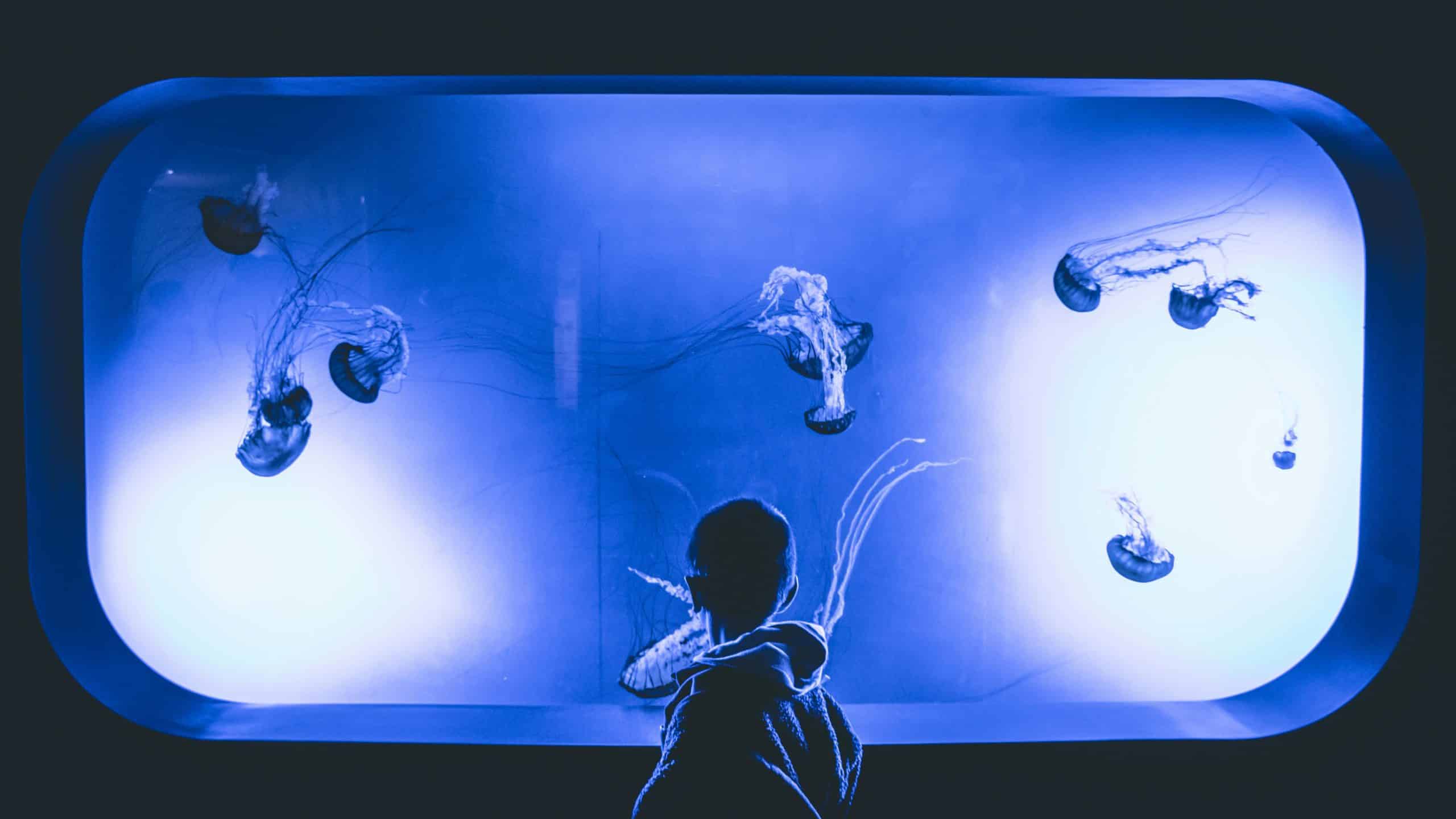What’s the Best Approach for Treating a Fish Tank with Ich Without Harming Invertebrates?

As an aquarium owner, it is only natural to strive to create a balanced ecosystem where every member thrives. However, challenges such as disease outbreaks can threaten this balance. One common disease is Ich, a waterborne parasite that is often likened to the common cold in fish. Ich, also known as white spot disease, is notorious for being hard to eliminate and can spread rapidly in your tank. With a little knowledge and the right approach, you can nip this problem in the bud, ensuring that your fish, invertebrates, and plants remain healthy.
Identifying Ich in your Fish Tank
Before you embark on treating your fish and tank for Ich, it’s crucial to be sure that’s the problem you’re dealing with. Misdiagnosis can lead to an ineffective treatment and may exacerbate the problem.
A voir aussi : How Can You Train a Dog to Cooperate During Nail Clipping Without Restraint?
Ich, short for Ichthyophthirius multifiliis, is a freshwater parasite. The tell-tale signs of this disease are small white spots on the skin, gills, and fins of the fish. The affected fish are often restless and exhibit abnormal behavior such as rubbing themselves against objects.
Unfortunately, by the time these symptoms are visible, the Ich parasites could have spread significantly in your tank. As such, it’s essential to act swiftly to halt the progress of the disease. This prompt action can help protect the rest of the tank’s inhabitants, especially the invertebrates and plants that are just as vital in maintaining a balanced aquarium ecosystem.
A lire en complément : What’s the Optimal Sunlight Exposure for a Leopard Gecko’s Health?
Treating Ich While Protecting Invertebrates
Treating Ich in fish tanks can be quite complex due to the presence of invertebrates. Many treatments for Ich are harmful to invertebrates such as snails, shrimps, and reef members. However, there are ways to treat Ich without causing harm to these vital tank members.
One common method used is the salt and heat treatment. This involves raising the temperature of the tank to about 78-82 degrees Fahrenheit and adding aquarium salt. The heat speeds up the lifecycle of the Ich parasites, causing them to die off, while the salt aids in the healing of the fish. It’s crucial to note that this method isn’t suitable for all types of fish and invertebrates. Some species are sensitive to salt and heat, so it’s important to research and understand the needs of your specific tank members before proceeding with this method.
Protecting the Plants and Maintaining Tank Balance
Preserving the tank’s ecosystem is as crucial as treating the fish. The plants in your aquarium play a vital role in the overall health and balance of your tank, helping to oxygenate the water and provide a habitat for fish and invertebrates.
When treating Ich, it’s important to avoid medications that contain copper, as it is toxic to both invertebrates and plants. Use treatments that are labeled as safe for plants to ensure their survival.
In addition, implementing regular water changes can also help maintain the balance of your tank during treatment. Clean, fresh water can help dilute the Ich parasites in the water, reducing the chances of them spawning again.
Monitoring the Progress and Rating the Treatment’s Effectiveness
Monitoring the progress of your treatment is essential to ensure the health of your aquarium. Regularly check for signs of Ich on your fish and observe their behavior. The white spots should start reducing and your fish should seem less stressed and more active.
Rating the effectiveness of the treatment is crucial to see if the current method is working or if you need a different approach. If, after a week or so, there’s no improvement, it may be necessary to try another treatment method. Remember, timing is of the essence when dealing with Ich; the quicker you can eradicate the parasite, the less harm it can cause to your aquarium’s ecosystem.
Prevention is Better Than Cure
While treating Ich is doable, preventing its occurrence is a much more desirable approach. Regular monitoring of your tank, including checking the health of your fish and maintaining your water quality, is key. Quarantining new fish before adding them to your tank can also help prevent the introduction of parasites.
Remember, each tank is unique with its own balance of fish, invertebrates, and plants. What works well for one might not work for another. Consequently, understanding your tank’s specific needs will go a long way toward maintaining a healthy, balanced aquarium.
As you navigate through the world of aquarium ownership, always be guided by the principle that the health and wellbeing of all your tank’s inhabitants should be your primary concern. With the right approach, you can successfully treat Ich without harming your invertebrates, thus preserving your tank’s delicate balance.
Keeping Up the Treatment and Observing Changes
In the battle against Ich, persistence is key. It’s not unusual for initial treatments to show minimal results. However, it’s essential not to lose heart and continue the treatment. As the life cycle of Ich is about a week, you should keep the treatment going for at least this long.
While treating the tank, ensure regular water changes to help lower the concentration of Ich parasites in the water, thereby reducing the chances of re-infection. Changing about 30% of the water every couple of days should suffice. Remember always to treat the fresh water with dechlorinator before adding it to your tank to avoid harming your fish and invertebrates.
Keeping an eye on the reaction score of the fish is also crucial. This involves observing their behavior, energy levels, and appetite. If these improve, it’s a clear sign that the treatment is working. However, if your fish’s reaction score drops, or if they appear more lethargic, it might indicate the treatment is not having the desired effect. In such cases, consider seeking professional advice or adjusting the treatment method.
The white spots, a signature symptom of Ich, should also reduce in number and eventually disappear. Remember, however, that the disappearance of white spots doesn’t necessarily mean the Ich is completely gone, so continue the treatment for a while longer to ensure all parasites are eradicated.
Wrapping It Up: The Fight Against Ich
In conclusion, treating a fish tank with Ich while ensuring the safety of invertebrates and plants requires understanding, persistence, and careful monitoring.
The initial step is properly identifying the presence of Ichthyophthirius multifiliis. Once confirmed, a suitable method like the salt and heat treatment can be employed, bearing in mind the specific needs and tolerances of your tank’s inhabitants.
Always remember that the health of your plants is vital for maintaining the aquarium’s balance. Therefore, avoid treatments with copper and ensure regular water changes to aid in the treatment process.
Monitor the progress closely, looking out for changes in the white spots and the reaction score of your fish. If the current method isn’t working, never hesitate to try another one.
Lastly, while winning the fight against Ich is commendable, preventing it is even better. Consistent monitoring, regular maintenance, and quarantining new fish can go a long way toward keeping Ich at bay.
By following these guidelines, you can ensure that treating Ich in your tank becomes less of a daunting task. Remember, your ultimate aim should be to sustain a healthy, balanced environment for all your aquarium inhabitants.
